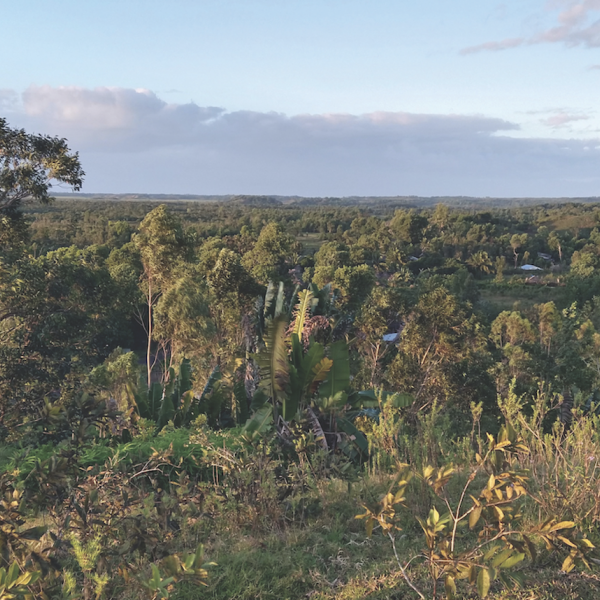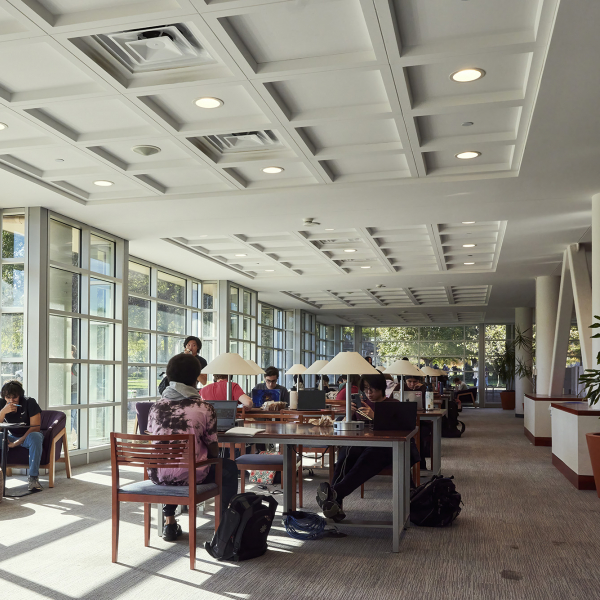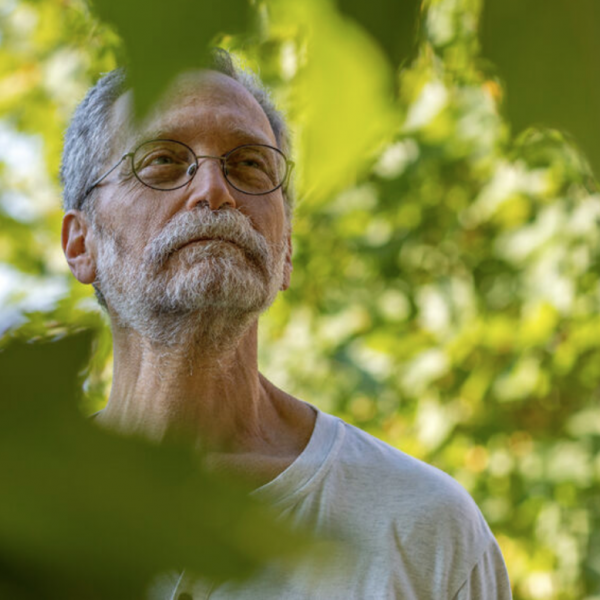Award from Taylor Geospatial Institute will support radar-based research in southwest Alaska.
Roger Michaelides, assistant professor of Earth and planetary sciences, has received a $75,000 exploratory seed grant from the Taylor Geospatial Institute to study the complex interplay of permafrost, vegetation, and wildfire risk. The grant will help Michaelides continue his research in the remote Yukon-Kuskokwim River Delta in southwest Alaska, work he began as a graduate student at Stanford University.
Michaelides’ award is one of 17 new seed grants provided by the Taylor Geospatial Institute, a research collaborative based at St. Louis University. His project, conducted with Mark Lara, assistant professor of plant biology at the University of Illinois Urbana-Champaign, will use a satellite-based remote sensing technology called interferometric synthetic aperture radar to measure the subtle rise and fall of permafrost as it freezes and thaws. The Yukon-Kuskokwim River Delta has a well-documented history of wildfires, making it possible to study how past fires impact the ebb and flow of permafrost.
The seed grants are intended to support preliminary research efforts that have the potential to develop into larger projects. Going forward, Michaelides hopes to expand his research to study how the loss of permafrost due to climate change can affect the risk of new wildfires. “As a scientific community, we have an idea about the interactions between permafrost and wildfires, but we’re really lacking in quantitative measures,” he said.




